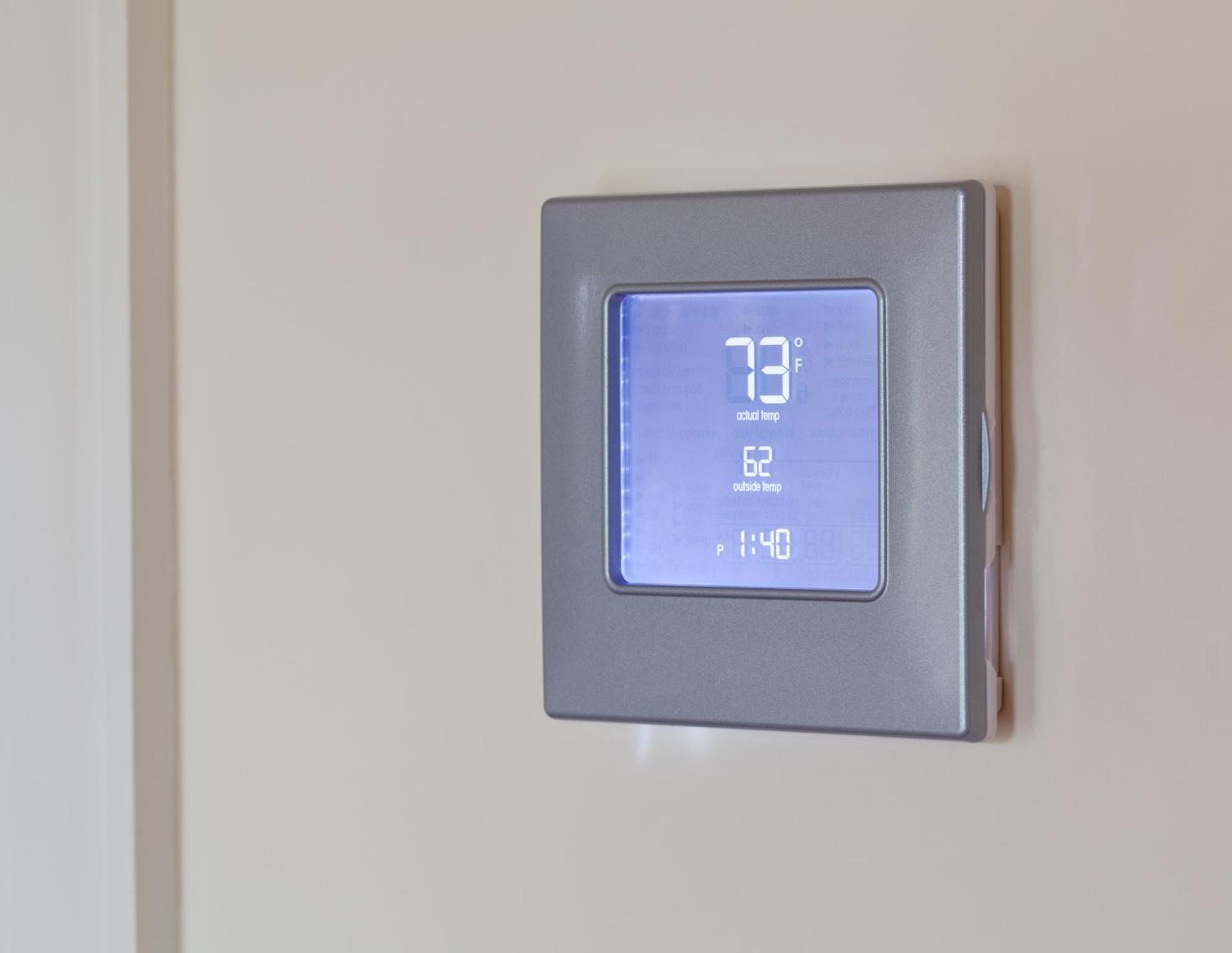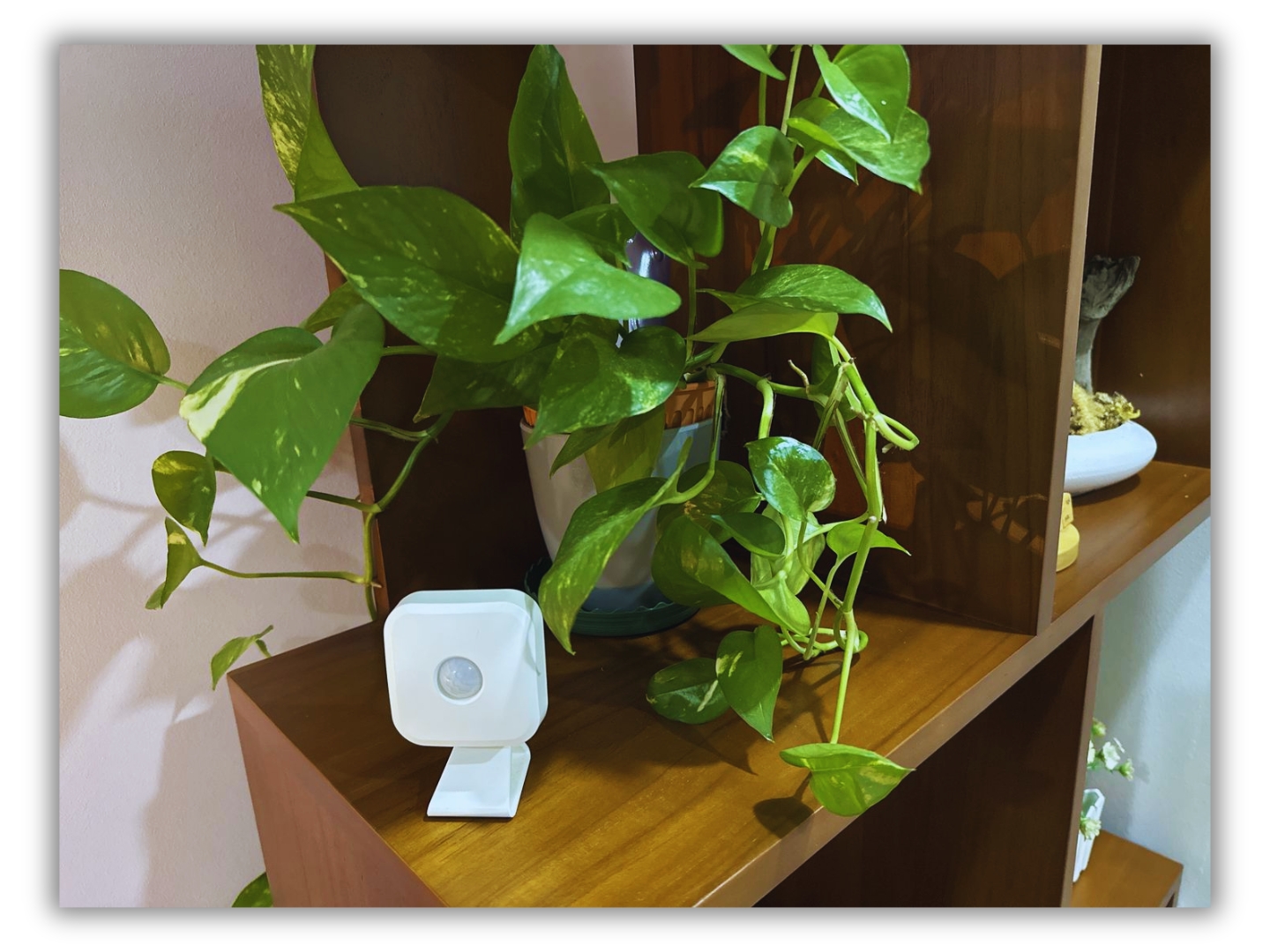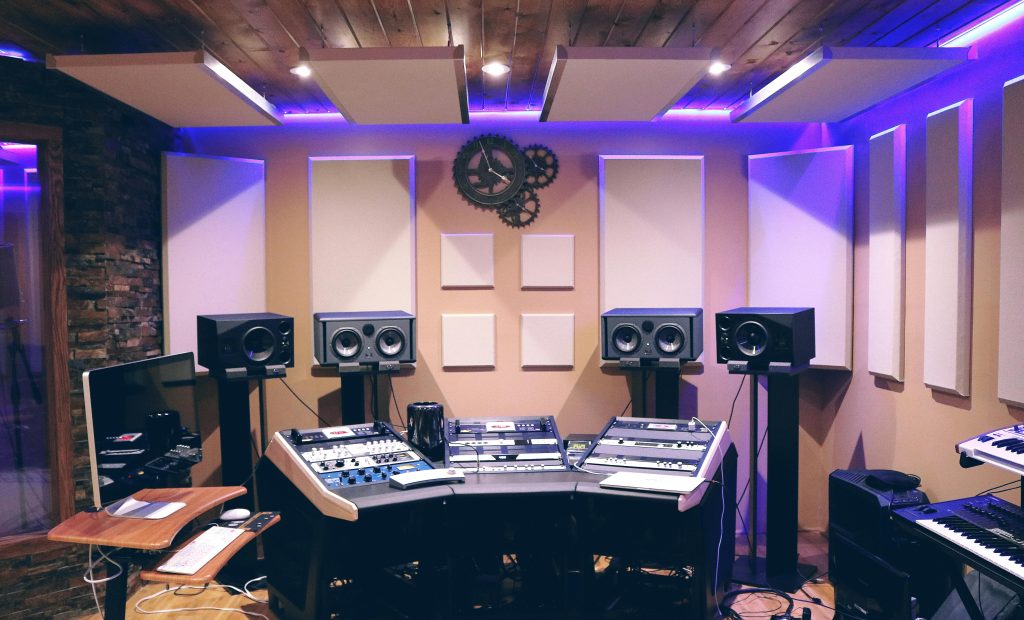Your house already knows when you walk into a room, but most homeowners don’t realize how much their sensors could actually do for them. These tiny devices sitting in corners and mounted on walls are capable of far more than triggering lights or adjusting thermostats. A properly configured room sensor can distinguish between your cat wandering around at 3 AM and an actual security threat.
Understanding Smart Sensor Technology
Smart sensors represent a significant advancement over traditional detection devices. Unlike basic sensors that simply report raw data, these intelligent components process information locally, communicate wirelessly with other devices, and make autonomous decisions based on programmed parameters.
Core Components and Capabilities
Each sensor contains multiple detection elements within a single housing:
- Environmental monitoring: Tracks temperature, humidity, air quality, and light levels
- Motion detection: Identifies human presence and movement patterns
- Sound recognition: Distinguishes between normal household sounds and security alerts
- Connectivity modules: Enable wireless communication through Wi-Fi, Zigbee, or Z-Wave protocols
The processing power built into these devices allows them to filter noise, recognize patterns, and trigger appropriate responses without relying entirely on central control systems.
Data Processing and Decision Making
Advanced algorithms enable sensors to learn from historical data and user behavior. For example, a sensor might recognize that bedroom temperatures typically drop by two degrees before bedtime, prompting automatic adjustment of heating systems before occupants feel uncomfortable.
Temperature Control and Climate Management
Temperature sensor technology has become increasingly sophisticated, moving beyond simple thermostatic control to predictive climate management systems.
Precision Monitoring Capabilities
Modern climate sensors measure multiple atmospheric variables simultaneously:
- Ambient temperature with accuracy to 0.1°F
- Relative humidity levels affecting comfort and air quality
- Air pressure changes that can indicate weather pattern shifts
- Carbon dioxide concentration for indoor air quality assessment
Zone-Based Climate Control
A temperature room sensor enables precise control over individual spaces rather than treating the entire home as a single zone. This granular approach offers several advantages:
Energy Efficiency: Heating and cooling only occupied areas reduces utility costs by 15-25% compared to whole-house systems.
Personalized Comfort: Different rooms can maintain optimal temperatures for their specific functions – cooler bedrooms for better sleep, warmer bathrooms for morning routines.
Adaptive Scheduling: Sensors learn occupancy patterns and pre-condition spaces before regular use, ensuring comfort while minimizing energy waste.

Security and Safety Integration
Smart room sensor networks create comprehensive security ecosystems that extend far beyond traditional alarm systems.
Multi-Modal Threat Detection
Contemporary security sensors combine multiple detection methods:
- Infrared motion sensing for human presence detection
- Glass break recognition using acoustic pattern analysis
- Door and window monitoring through magnetic contact sensors
- Environmental hazard detection, including smoke, carbon monoxide, and water leaks
Intelligent Alert Systems
Rather than triggering immediate alarms for every detected event, smart security sensors analyze context before responding. A motion sensor might recognize the difference between a pet moving through the house and an unauthorized intruder based on movement patterns, size, and timing.
Emergency Response Coordination
During emergencies, sensor networks can coordinate responses across multiple systems. Fire sensors might automatically unlock smart locks, turn on pathway lighting, and send location-specific information to emergency services while simultaneously alerting homeowners through mobile applications.
Lighting and Energy Optimization
Automated lighting control represents one of the most immediately noticeable benefits of sensor integration, but the technology extends well beyond simple on/off switching.
Adaptive Lighting Systems
Smart lighting sensors consider multiple factors when adjusting illumination:
- Natural light levels detected through photoelectric sensors
- Occupancy status determined by motion and presence detection
- Time of day for circadian rhythm support
- Activity recognition to provide appropriate lighting for reading, cooking, or relaxation
Energy Management Integration
Sensors enable sophisticated energy management strategies that balance comfort with efficiency. Load balancing systems can delay non-essential device operation during peak electricity rates while maintaining climate control and security functions.
Demand Response Programs: Utility companies increasingly offer incentives for homes that can automatically reduce consumption during grid stress periods. Sensor-equipped homes can participate in these programs without compromising occupant comfort.
Renewable Energy Optimization: Homes with solar panels or battery storage benefit from sensors that predict energy needs and optimize consumption timing based on generation forecasts and storage capacity.
Smart Home System Integration and Automation

Most people buy sensors individually and wonder why their house feels like a collection of gadgets rather than a unified system.
Protocol Selection and Network Design
Different wireless protocols serve specific purposes within sensor networks:
Wi-Fi: High bandwidth for data-rich sensors like cameras and environmental monitors, but higher power consumption.
Zigbee/Z-Wave: Low power consumption is ideal for battery-operated sensors, with mesh networking capabilities that extend range throughout large homes.
Thread/Matter: Emerging standards are designed for improved interoperability between manufacturers and reduced setup complexity.
Hub-Based vs. Distributed Architecture
Centralized Systems: Single hub controls all devices, providing unified management but creating potential single points of failure.
Distributed Networks: Devices communicate directly with each other, offering greater resilience but potentially more complex troubleshooting.
Voice Assistant Integration
Popular voice platforms like Amazon Alexa, Google Assistant, and Apple HomeKit provide natural language interfaces for sensor-controlled systems. Users can query environmental conditions, check security status, or modify automation rules through conversational commands.
Installation Considerations and Best Practices
Successful sensor deployment requires strategic planning and attention to technical details, often overlooked during initial system design.
Placement Strategy
Coverage Optimization: Sensors should provide comprehensive monitoring without creating redundant overlap that wastes resources or generates conflicting data.
Interference Avoidance: Wireless sensors can experience interference from household electronics, requiring careful frequency planning and sometimes physical separation from problem devices.
Maintenance Access: Battery-powered sensors need periodic replacement or recharging, so installation locations should remain accessible without requiring tools or significant effort.
Power Management
Battery Life Considerations: Quality sensors typically operate for 1-3 years on battery power, but extreme temperatures or frequent communication can reduce operational time significantly.
Wired vs. Wireless Trade-offs: Wired sensors offer unlimited power and potentially faster communication, but require installation during construction or renovation for optimal concealment.
Network Security
Sensor networks create multiple entry points for potential security breaches, requiring robust protection strategies:
- Encryption: All communications should use current encryption standards (WPA3 for Wi-Fi, AES-128 for Zigbee)
- Regular Updates: Firmware updates address discovered vulnerabilities and should be applied consistently
- Network Segmentation: IoT devices should operate on separate network segments from computers and phones
What Actually Happens When You Get This Right
Skip the expensive smart home consultants. Quality sensors from companies like Honeywell, Sensibo, Ecobee, or Aqara will work together if you pick compatible protocols. Your biggest mistake would be mixing three different wireless standards and expecting them to communicate. Start with one protocol, add devices gradually, and test each addition before buying more. Most sensor failures happen because people rush the setup process, not because the technology doesn’t work.





















